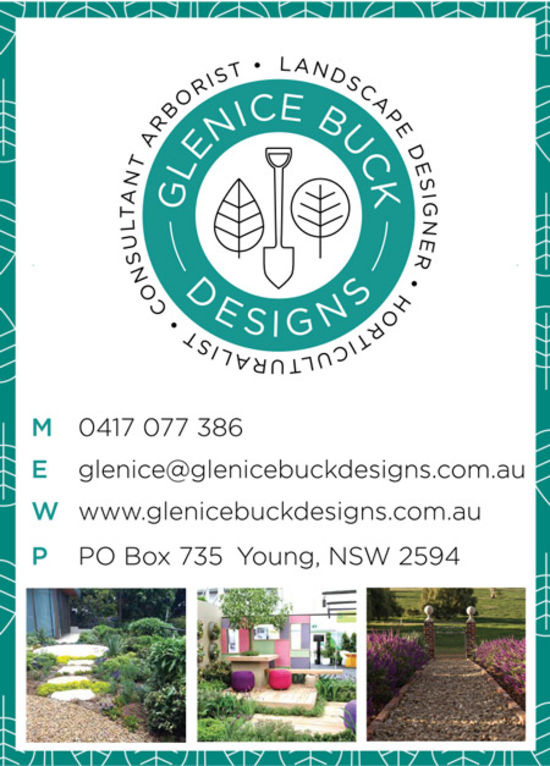Continuing on from last week with our garden design series, we will now look at the planting palette. This part of the design process is probably the most enjoyable for me as I adore plants. It is also one of the most important aspects of the design process as the plants can either make or break a garden.
In my own garden, I love trying every plant possible – perennials, roses, hedging, evergreen and deciduous trees. The species variety is limitless when you are prepared to put the time and effort into growing plants. It can be fun to experiment, but you have to be prepared that you may need to give some plants extra care and that you will have losses.
When it comes to my client’s gardens, I will not be experimenting unless they specifically request a certain species. If it’s a species that I don’t think will grow well in their garden or is not suitable for the overall design style, I will normally suggest another species or give a lot of detailed advice on how to care for the plant. In the majority of cases, people are time poor and unless you’re a crazy plant lady like me, then you need to focus on using plants that are tried and trusted, the plants need to be suitable to their location. For example, in the Hilltops region you need to select plants that are fairly drought tolerant and frost tolerant.
After the design style is determined, then the palette of plants that will lend themselves to this particular design style will become more obvious. I like to ask my clients what plants do they like or sometimes more importantly what plants do they dislike? Are their plants that they have to have in their garden? Sometimes clients have a plant species that holds sentimental value to them and they want to recreate that feeling in their garden. Are there any plants that they are allergic to? What colour flowers do you like or dislike? Do they like fragrance in the garden?
Being a plant person really means I don’t have any great dislikes, however I have to say I tend to avoid using plants that have spikes or thorns (other than roses) in my own garden. This is just because I hate doing garden maintenance in and around plants that can hurt you. I have had way too many cuts on my hands and arms from weeding around Bougainvillea and Cycads over the years. Sometimes I have found clients have a distinct dislike for one particular feature of a plant and being aware of this makes the plant selection process a lot easier.
With all of the client’s answers to those questions in hand, I will draw on my twenty years of horticultural experience with plants to select the best group of plants that are suitable to the climatic conditions for each of the garden areas. Sometime it’s easier to break the garden down into areas according to the amount or level of sun or shade they receive and the soil conditions. When selecting your plants, most plants will like a full sun, part sun, part shade or full shade location.
Understanding the conditions in each garden area is key to ensuring you select the correct plant for the location. There is no point in choosing a plant that enjoys a shady location such as Daphne, then planting it out in a full sun position where it receives all the hot afternoon sun through Summer. This plant just won’t survive in that location. This is one of the many advantages of employing a qualified horticulturist or landscape designer to design the garden. They will have the knowledge and experience on what conditions each plant requires for them to grow, survive and thrive.
Another consideration to think about are the existing trees, shrubs and groundcovers you have within your garden. How will they affect the conditions for new plantings, will the new plants work with the existing plants both visually and practically and what will the growth patterns be for the new plants. There will more on this topic in coming weeks when we discuss completing a tree and shrub inventory of your garden.
I think having a selection of plants that is not too varied is important. Try to limit the number of species you use in each section of the garden. If you decide to have one of every species in the garden, then this can present a number of issues. A large range of different species means you need to be able to maintain a variety of different plants. Every plant will have different maintenance requirements so you will create more work for yourself. A large number of species may not create the effect of design style you were aiming for. Mass plantings or repeat plantings of the one species will have a greater impact than a mixed bag of plants where there is no cohesiveness to the design.
Looking at all the design styles we have mentioned in earlier articles, one similar characteristic you will notice is that by using a limited number of species, it will work best to create the overall theme of the garden. Making informed decisions on the planting palette and selecting the correct plants for each location within your garden is key to creating a beautiful garden. Next week we will move forward with the garden design series to focus on how to complete a site analysis of your garden.
If you would like to subscribe to my free garden newsletter, you can subscribe here www.tinyletter.com/glenicebuckdesigns or email: glenice@glenicebuckdesigns.com.au or phone or text me on 0417 077 386.
Stay Connected
Subscribe
Get in Contact
Hilltops News to your inbox
Sign up now for the latest news from the Hilltops Area direct to your inbox.


